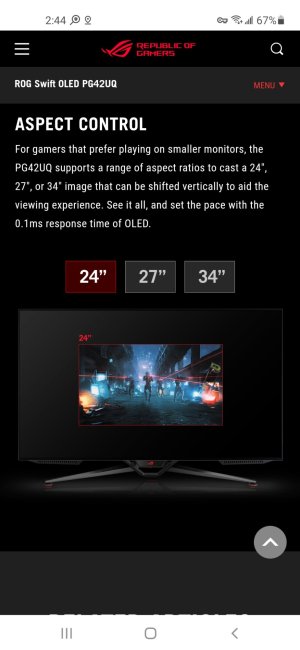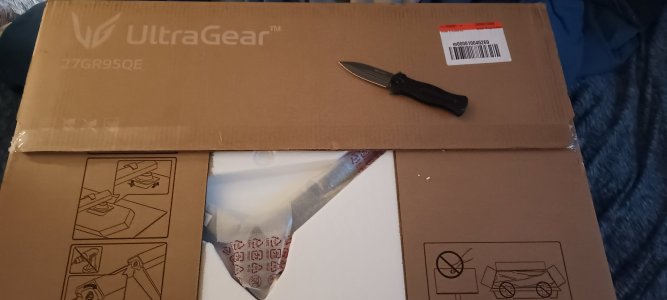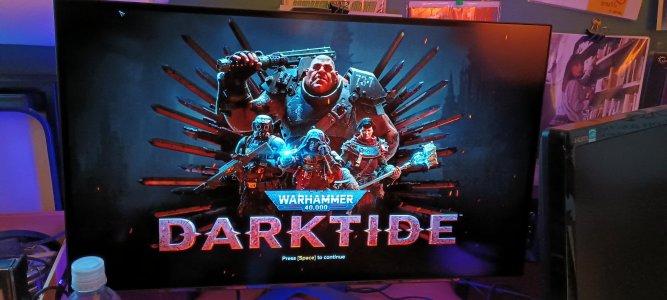LittleBuddy
Limp Gawd
- Joined
- Jan 3, 2023
- Messages
- 368
sRGB is fairly accurate at high brightness, loses it's accuracy around 140 Nits and below. Gamer 1 was the one that shocked me with how bad it was because of how blue it is at default. I did manually calibrate it to make it more accurate so I have a color accurate native profile.Glad you're overall liking the monitor, LittleBuddy!
Curious about your poor precalibration results - are you referring to the Gamer presets or sRGB being inaccurate? I have to say after calibration (also with the i1 Display Pro I believe), the sRGB setting (which remains out of the box) seems pretty close to what I got calibrated. I wonder how much variance there is between panels.
It'll be insane if they ever make a 32" 4K model similar to this, but I know 32" OLEDs aren't much of a thing yet.
Incase you were curious, I did the following to correct Gamer 1 (at 150 Nits):
Energy Savings: Off
Brightness 70
Red 50
Green 49
Blue 42
Contrast 70
Gamma Mode 1
I'll probably manually calibrate Gamer 2 at 180 or 190 Nits this weekend.
![[H]ard|Forum](/styles/hardforum/xenforo/logo_dark.png)


